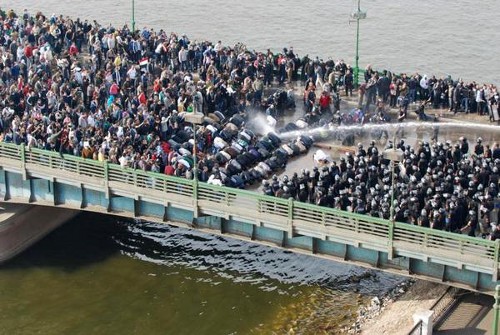Nearly two weeks after my first post on Wikileaks, their diplomatic cables and the resulting fall out continue to make the front page news. The arrest of Assange and attacks on Mastercard, Visa and Paypal by “Operation Payback” have garnered far more attention then the cables themselves. The New York Times quoted one Internet guru comparing Operation Payback to the battle at Lexington that started the Revolutionary war in the United States.
In looking at “Operation Payback” and its denial of service attacks, journalists have begun to focus on Anonymous, which is typically described as the group of hackers behind the attacks. Some portray it as a shadowy cadre of internet vigilantes, meeting somewhere out there in the ether, plotting their next strike. Others paint a heroic picture of activists fighting for free speech against giant corporations and governments. Estimates of the number of people (or computers) involved vary widely.
A little bit of history is useful in understanding Anonymous. I first came became aware of Anonymous through their Project Chanology campaign which focused around opposition to Scientology. In their protests outside Scientology offices, they wore masks modeled on that worn by the main character in V is for Vendetta. Along with demonstrations, their tactics used by Project Chanology were a lot like high school pranks: sometimes silly, sometimes crude, often juvenile and always motivated by a strong sense of righteous indignation. The collective culture of Anonymous was born in the /b/ section 4chan, an internet forum worthy of its own lengthy article. Suffice it to say that 4chan thrives on trolling, griefing, digital bullying and generally offensiveness of all sorts.
(more…)
